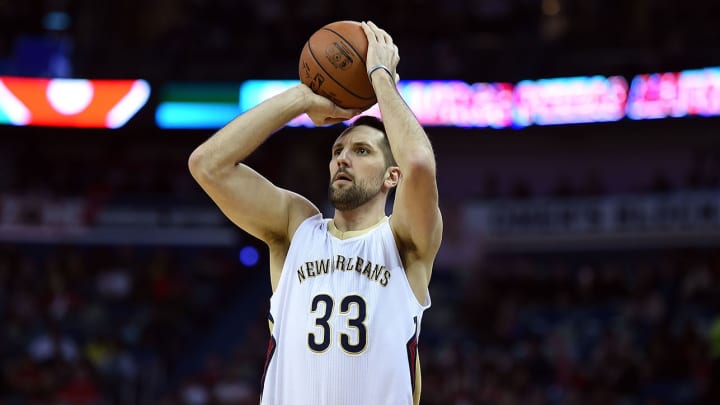89. Ryan Anderson, PF, Rockets

Anderson is perhaps the NBA’s purest form of the stretch-four archetype, both in value and complication. Much of his contributions are rooted in where he stands on the floor and how that changes the geometry of an opposing defense. Opponents that elect to guard him closely wind up pulling one of their defenders out of the rotational mix, cinching whatever room for error they might have had. Leave him unattended and Anderson, a career 37.7% three-point shooter, will burn you from the perimeter or spring inside for offensive rebounds. Stationing him on the outside is a simple way to force an opponent into compromise. Defenses, however, have a better understanding than ever of how to manage players like Anderson. Some choose to play off of Anderson and rely on a late close-out, particularly now that his three-point shooting has drifted down from the 39-40% range. Many will task a wing to guard Anderson, particularly when one of his non-shooting teammates can provide a hiding spot for an opposing big. Anderson has a decent enough post game to punish some smaller defenders, but even pulling him into that space—and away from the arc—is a mitigation of his value. Under the best of circumstances, Anderson can still tug at the defense and clear out the lane for his teammates. Under the worst, his offense dwindles to the point that his slow-footed defense eclipses his positive contributions. There’s a delicate balance to Anderson’s game that has never been more difficult to keep at equilibrium. (Last year: No. 72)
+ Put up 20.2 points per 36 minutes last year despite evolution of defense against him
+ Nudges opponents into adjustments that might not always be familiar or comfortable
– Value on offense is too often counterbalanced by what he gives up defensively
– Has only once in his career played 67 games over a full, 82-game season
